- Home
- slideshows
- miscellaneous
- 10 safety tips for you and your home during the polar vortex
10 safety tips for you and your home during the polar vortex
Try to stay indoors if possible.

Think layers.
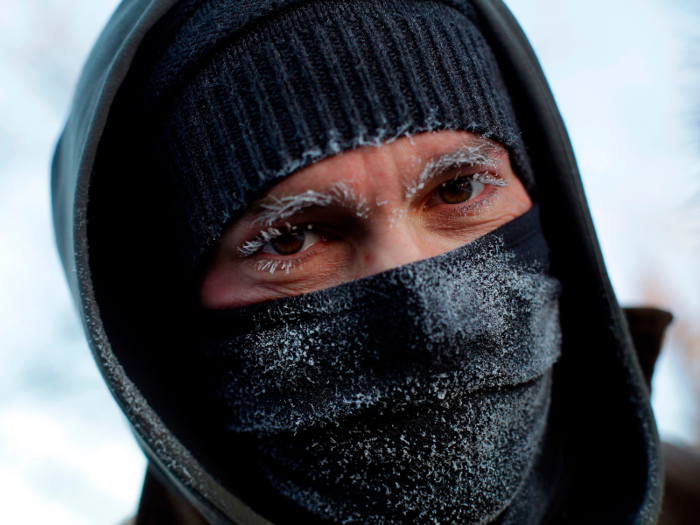
You'll want to have a base, middle, and outer layer instead of one single, bulky layer. Also, avoid wearing tight clothing, which can prevent blood flow and make you colder. Additionally, take special care to cover your hands, feet, and head, as these areas are commonly exposed to the cold air.
Look for signs of frostbite and hypothermia.
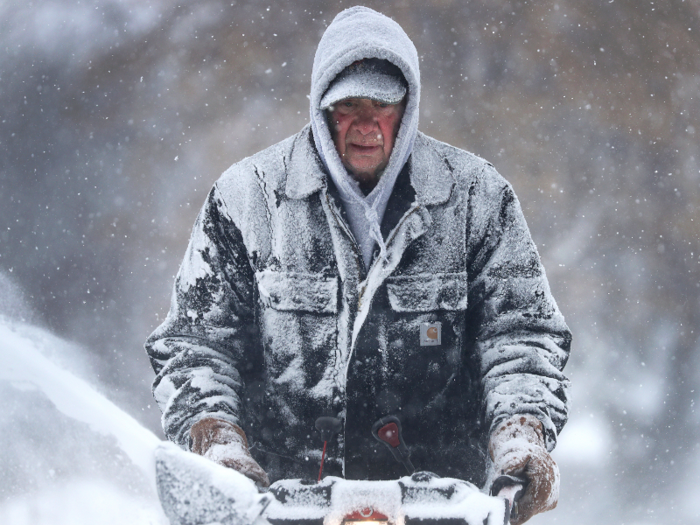
It only takes 15 minutes, sometimes less, for the first signs of frostbite or hypothermia to set in. Some signs to take notice of include skin turning gray or blue, drowsiness, and slurred speech. Seek medical attention immediately and get into a warm room or shelter if you are experiencing frostbite or hypothermia.
Set your thermostat slightly higher than usual.
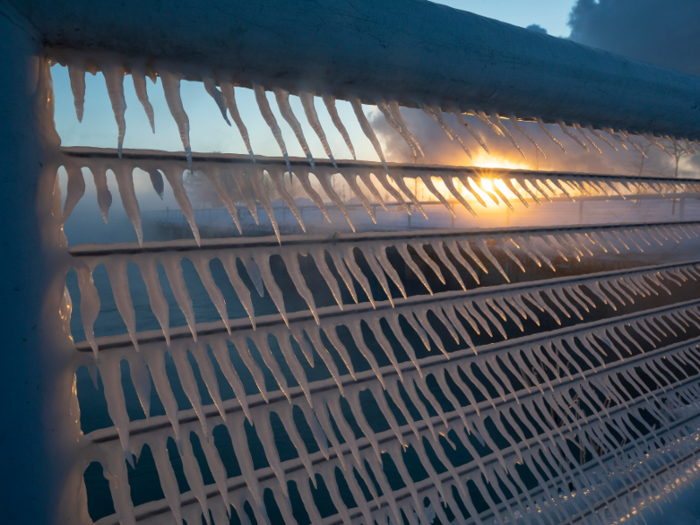
Beyond keeping your body temperature up, you're also going to need to keep your home warm and well-insulated. Avoid turning off the heat in any unused spaces, and do not turn the heat down when you go to bed or leave the house, Lisa Cooper, representative for State Farm insurance, told the Daily Herald.
Instead, use the "hold" function on your thermostat and set it higher than normal. You don't want the house to cool down because the furnace may not be able to get the temperature back up again.
Cinch any cracks.
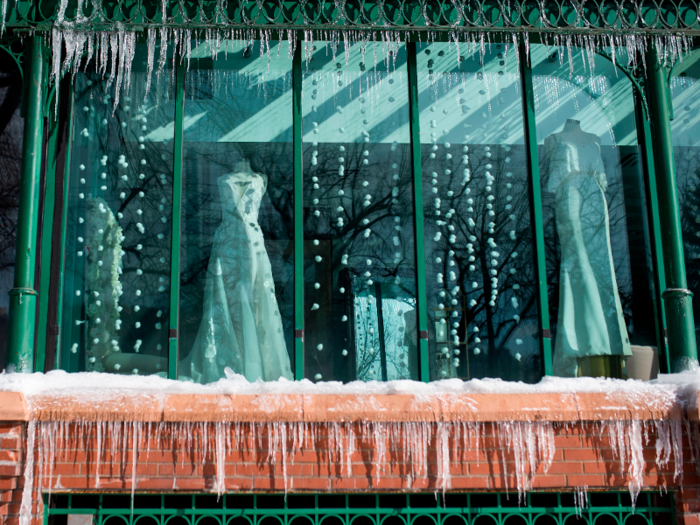
Look for any cracks or air leaks to prevent cold air from seeping into the house. Commonly, air leaks are found around pipes, vents, crawl spaces, wiring holes, and in the attic. You can use caulk and foam or insulation to fill those spaces and keep the cold air out.
Move space haters away from fire hazards.
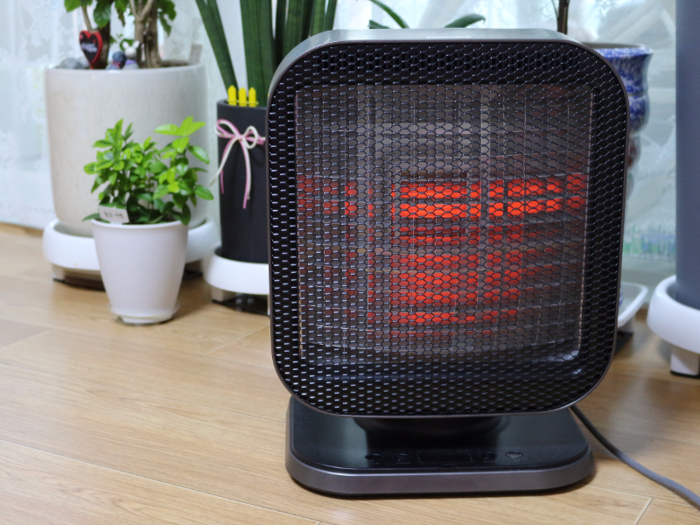
Space heaters are commonly used to supplement the main heater during times like these, but they do increase the risk of a fire. It's important to keep them at least three feet away from curtains, furniture, and other combustibles. Always plug them directly into a wall socket and unplug them when not in use.
Make sure carbon monoxide alarms are working.
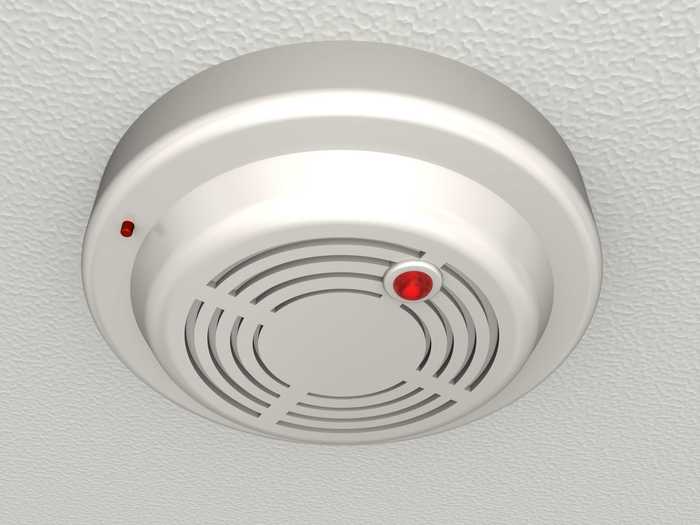
Cold weather has been known to increase carbon monoxide poisoning because people tend to stay in closed environments and there is increased use of gas-powered furnaces and other alternative heat sources.
For this reason, it is really important to make sure your carbon monoxide detectors are working and that they have fresh batteries if you'll mostly be inside for the next few days.
Prep your pipes.
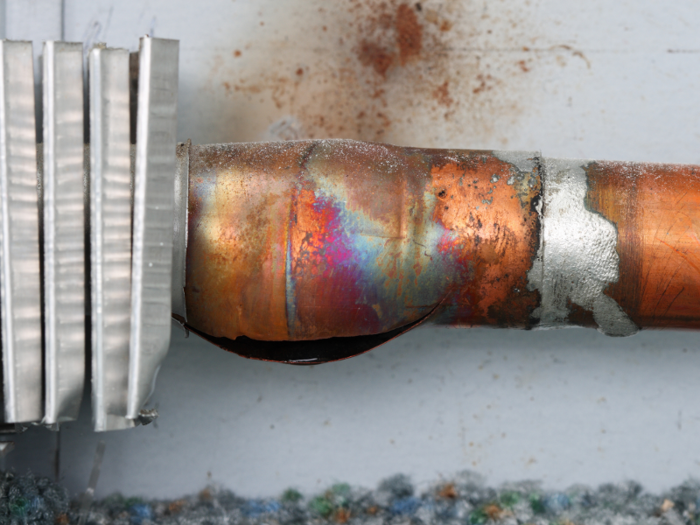
The cold weather also can cause serious structural damage to your home if a pipe bursts. Pipes commonly rupture because water expands as it freezes causing an incredibly high pressure within the pipes. You can relieve some of that pressure by letting a warm trickle flow from a faucet nearest to an outside wall.
In addition, if you leave your cabinet doors open under the kitchen and bathroom sinks, it allows the air temperature to keep the pipes warmer and prevents them from freezing.
It's also important to cover all exposed pipes with insulation, protective covering, or bubble wrap for added protection. Make sure to insulate all pipes in your home's crawl spaces and attic as well.
Know where the main shut-off valve is located.
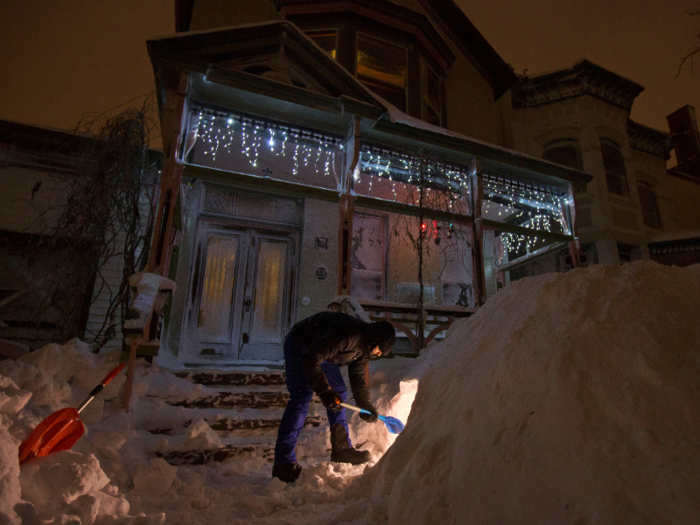
Ensure that everyone in your household knows where the main shut-off valve is and how to use it in case of an emergency. Should a pipe freeze and burst, you need to turn the valve off immediately. Also, be sure to turn off the water heater to prevent damage if you do turn off the water.
Make an emergency kit.
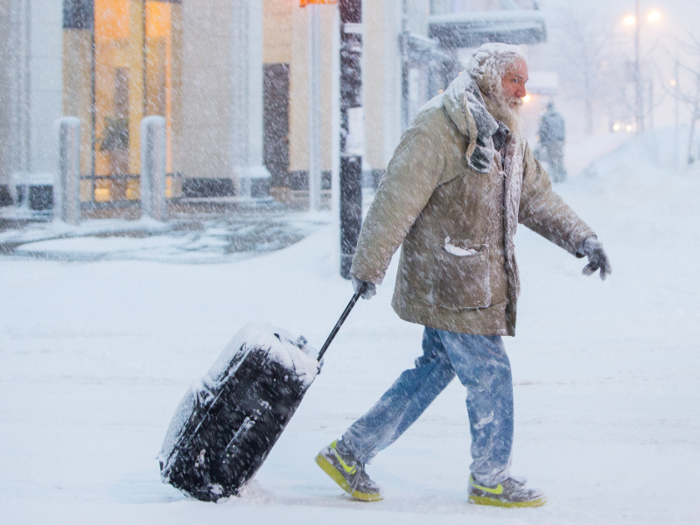
Should something happen and you lose power, it's essential to have a few items on hand in preparation for the worst. Stock up on things such as non-perishable food items, warm blankets, flashlights and batteries, a few extra gallons of water, and a battery-powered radio.
Visit INSIDER's homepage for more.
Popular Right Now
Popular Keywords
Advertisement